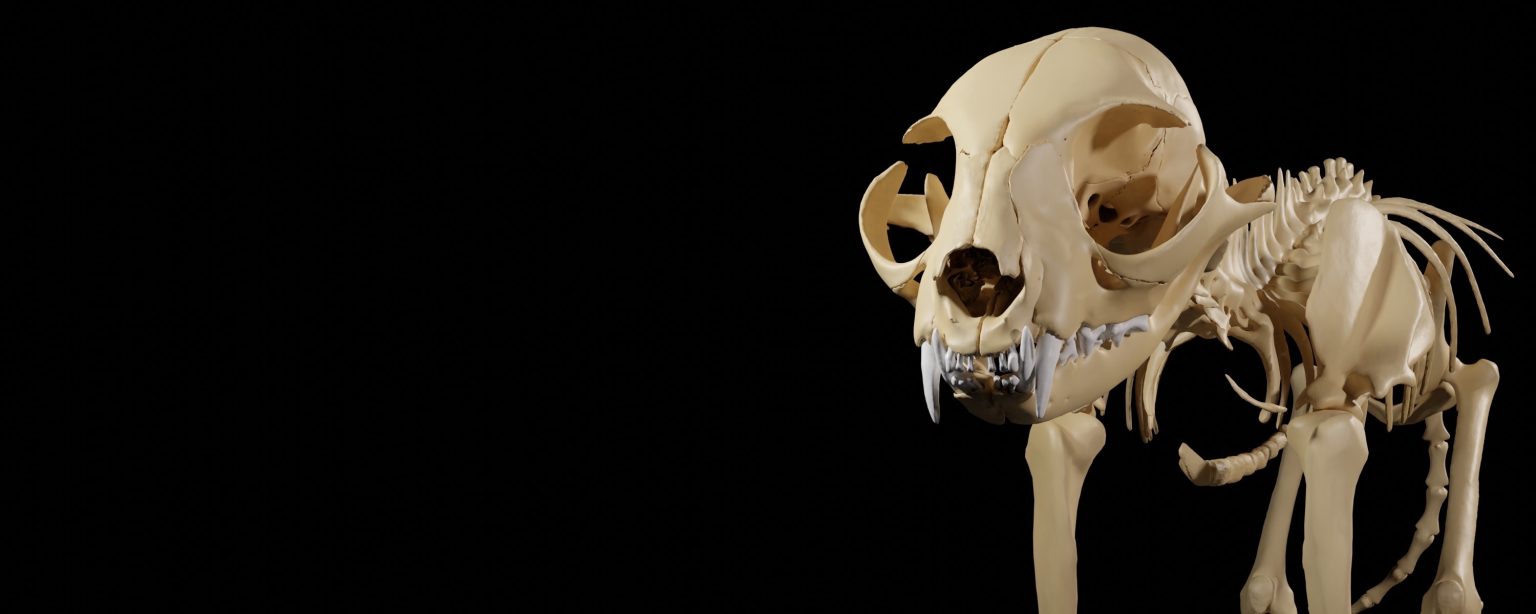Getting input on our next product in Atlanta, Georgia

Our exhibit at SICB 2025 in Atlanta was a success, with over 70 people stopping by our booth!
Sharks spotted in Pittsburgh!

Check out photos from our booth at the JMIH science conference where we exhibited our Dogfish Shark Skull Active Learning Kits.
Our 10 steps to creating 3D printed anatomical models
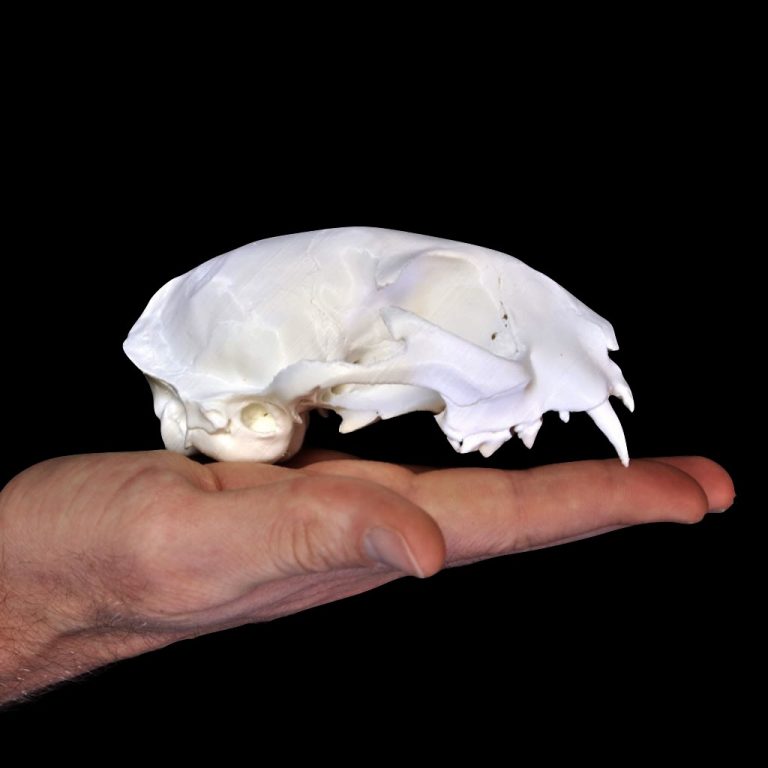
Physical anatomical models have benefits for teaching and research, from multi-sensory learning to quickly testing physical interactions among parts. In this post, we explain the 10 steps we follow in using 3D printing to create high-resolution models specifically tailored to each client's unique needs.
Small business or start-up? 3D Anatomy Studios is a bit of both
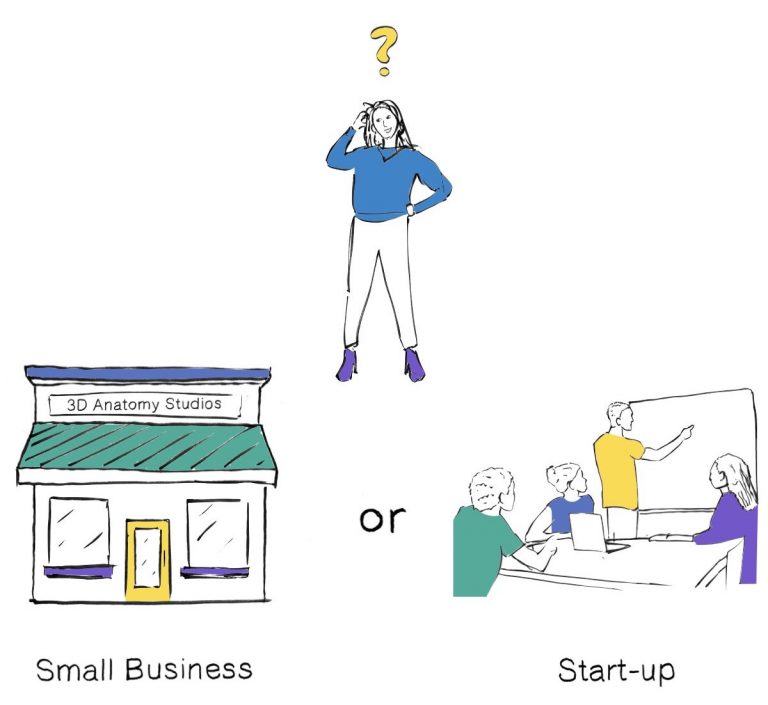
What's the difference between a small business and a start-up? In this post we explain what is typically meant by each of these how there isn't always a clear difference between the two. We also give examples of how 3D Anatomy Studios currently operates both as a small business and as a start-up.
Our Shop is Open!
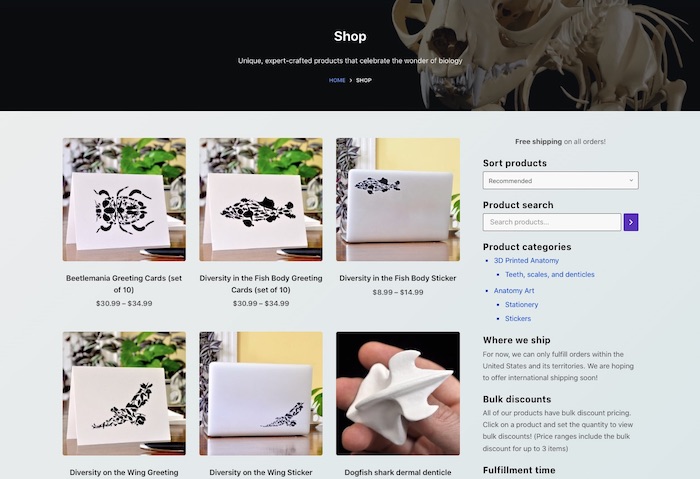
We are thrilled that our Shop is officially open! In this April 2022 update we share more about the how and why of opening our online shop, why we tried but ultimately decided against using dropshipping, and how we decided on the most environmentally sustainable materials to use for creating and shipping our products.
The SBIR Gamble

We can’t believe it’s already been five months since we officially registered as 3D Anatomy Studios! In this March 2022 update post, we share what we've been up to for the past few months, including submitting our first NSF SBIR Phase I Proposal! Plus, something exciting to watch for in April!
What do ears have to do with balance?

There's a saying that cats always land on their feet. While not always the case, cats do have a remarkable ability to 'right themselves' midair. But the system that gives cats their sense of balance, the vestibular system, is similar to that in humans and is closely related to hearing. Simon and veterinarian Dr. Tanaka discuss how hearing and balance work and the close relationship between these two systems.
Why don’t humans have bones in their eyes?
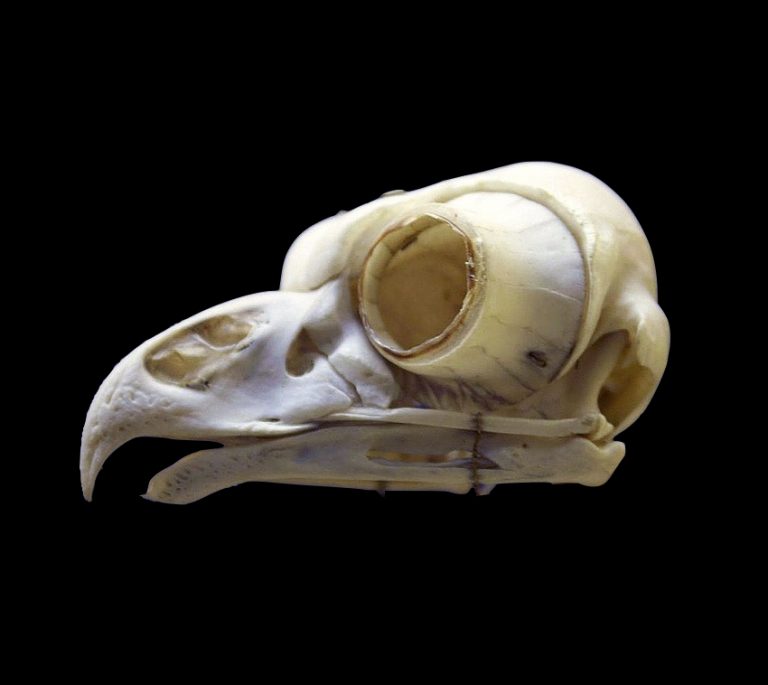
Most vertebrates have an ocular skeleton, cartilage and bone embedded in the outer wall, or sclera, of the eye. However, most mammals, including humans do not. Rana and her aunt Iesha discuss how eyes work, the function of the ocular skeleton, and potential reasons why humans don't have one.

